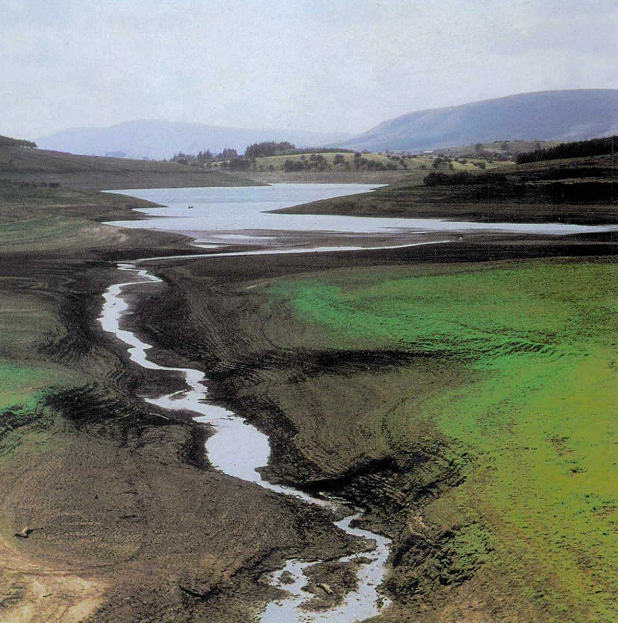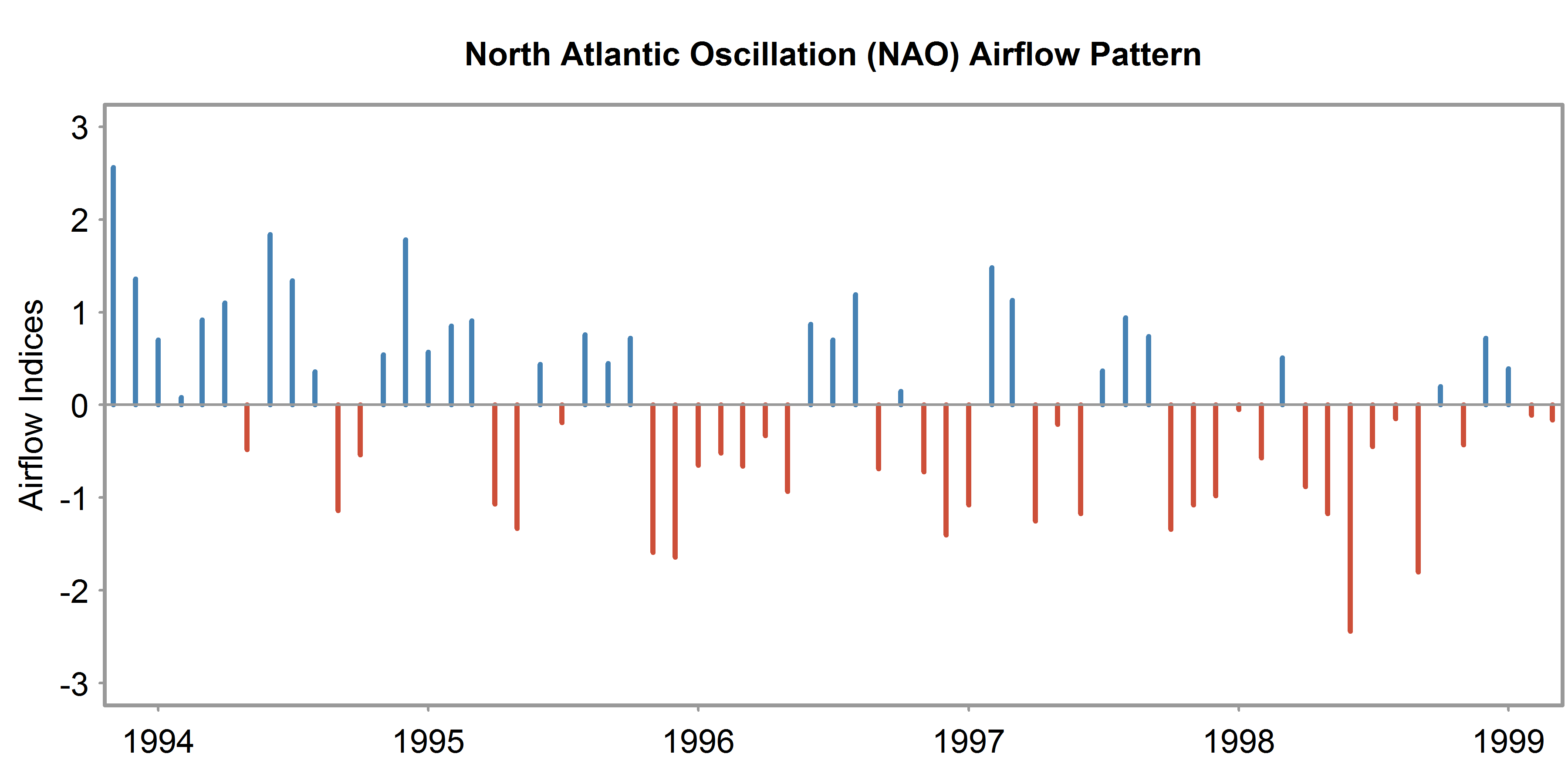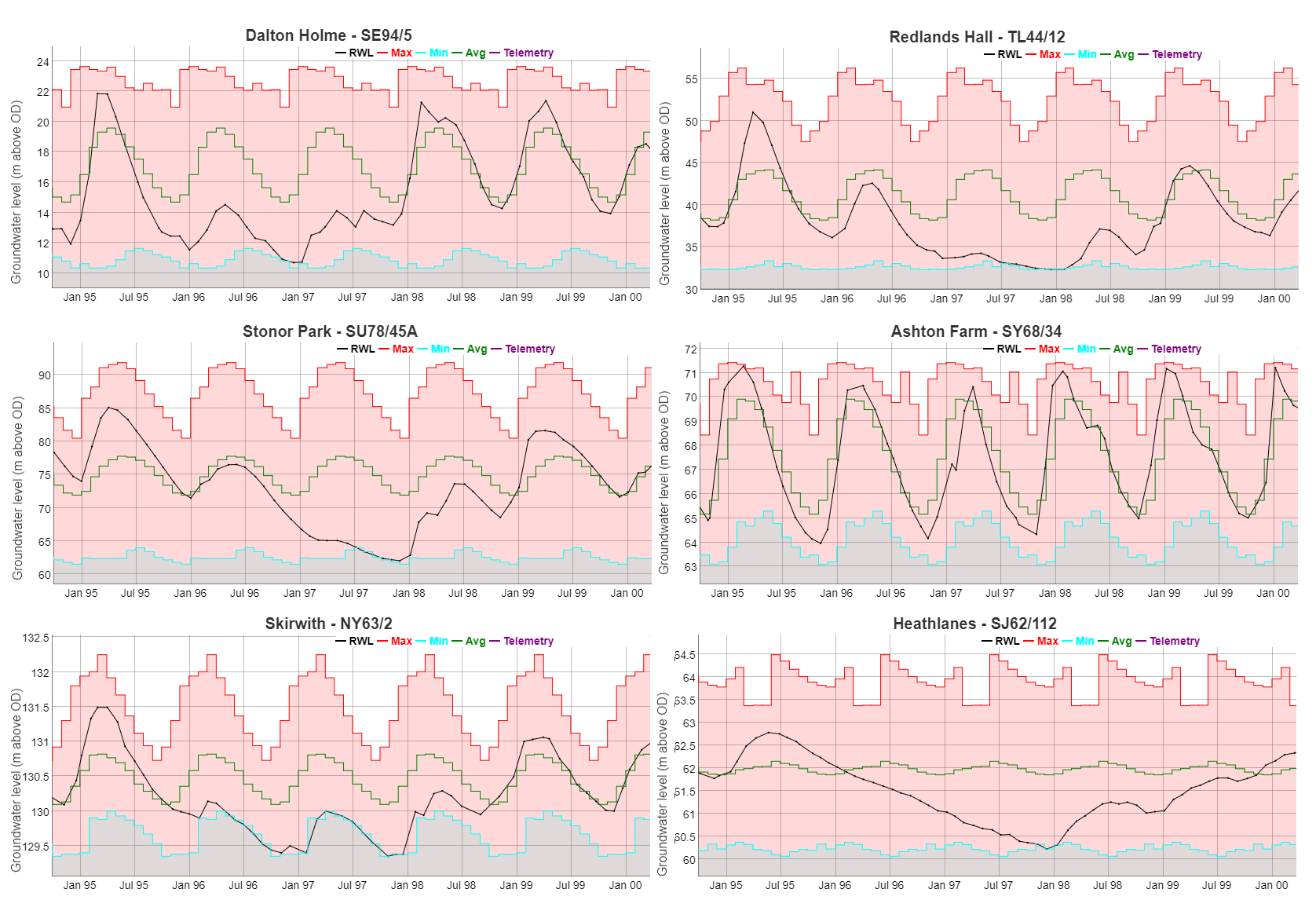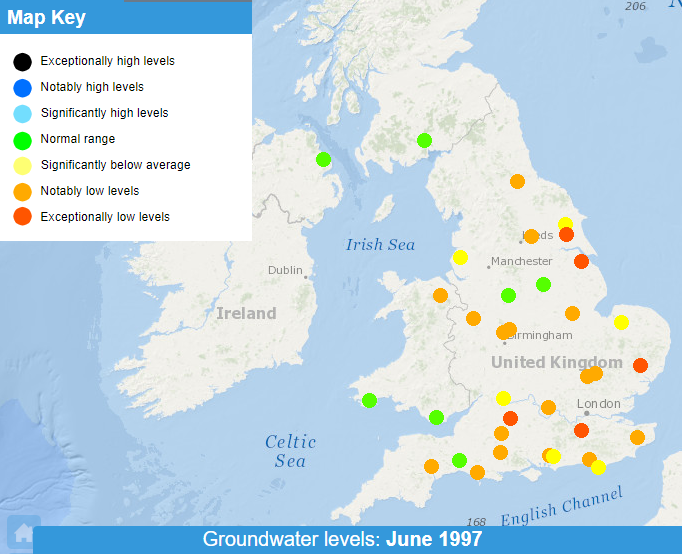
In 1995 the effects of a long, hot and dry summer were quickly seen in river flows and reservoir levels which meant areas that relied on water supplies from surface water resources particular in the north England, began to feel the effects. During the second half of 1995, northern water companies were regularly transported water by tanker across their regions to meet demand. By February 1996 reservoir groups in Yorkshire were still at critical levels and customers faced problems like low pressure and poor-quality of water.












































